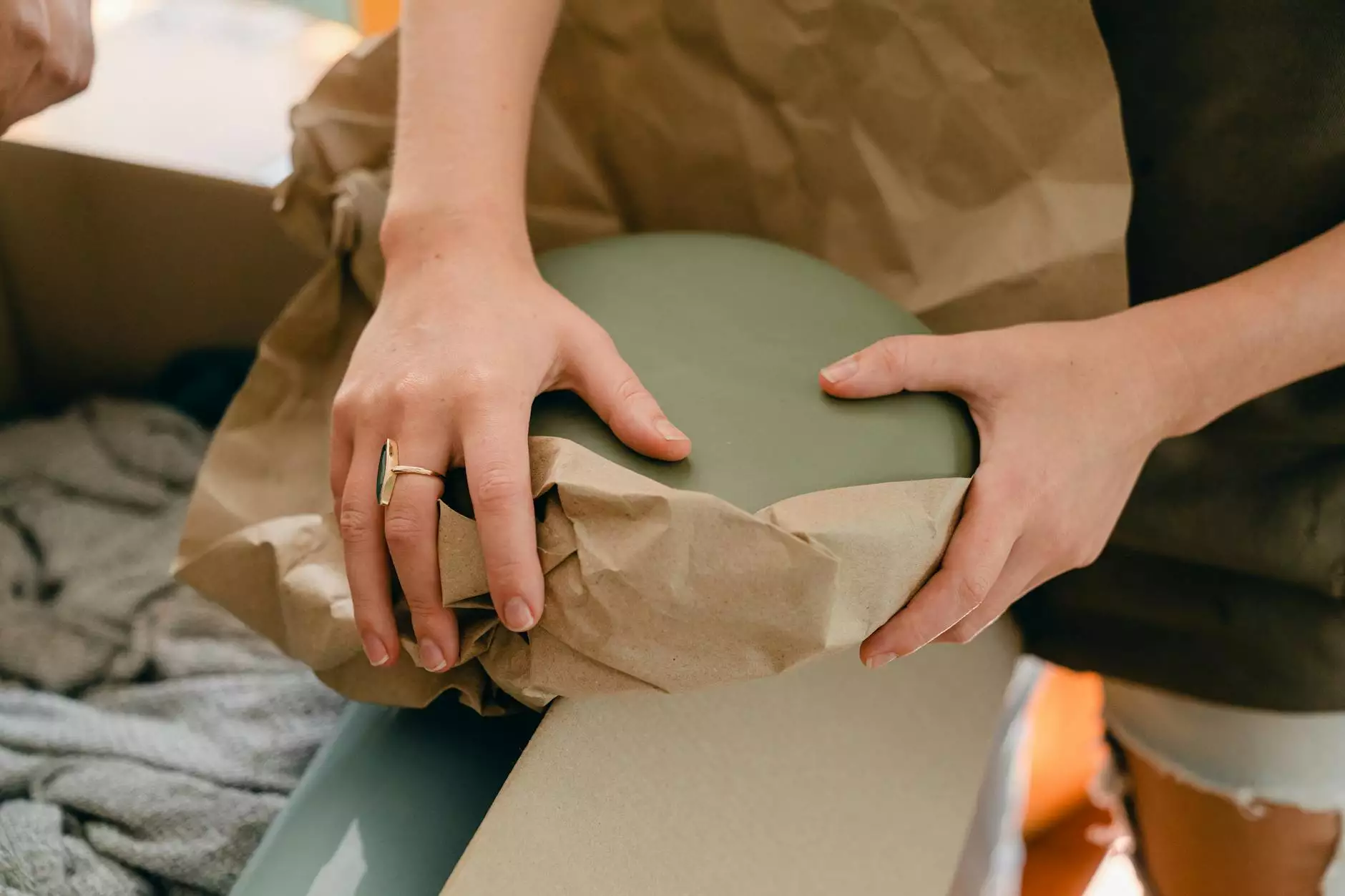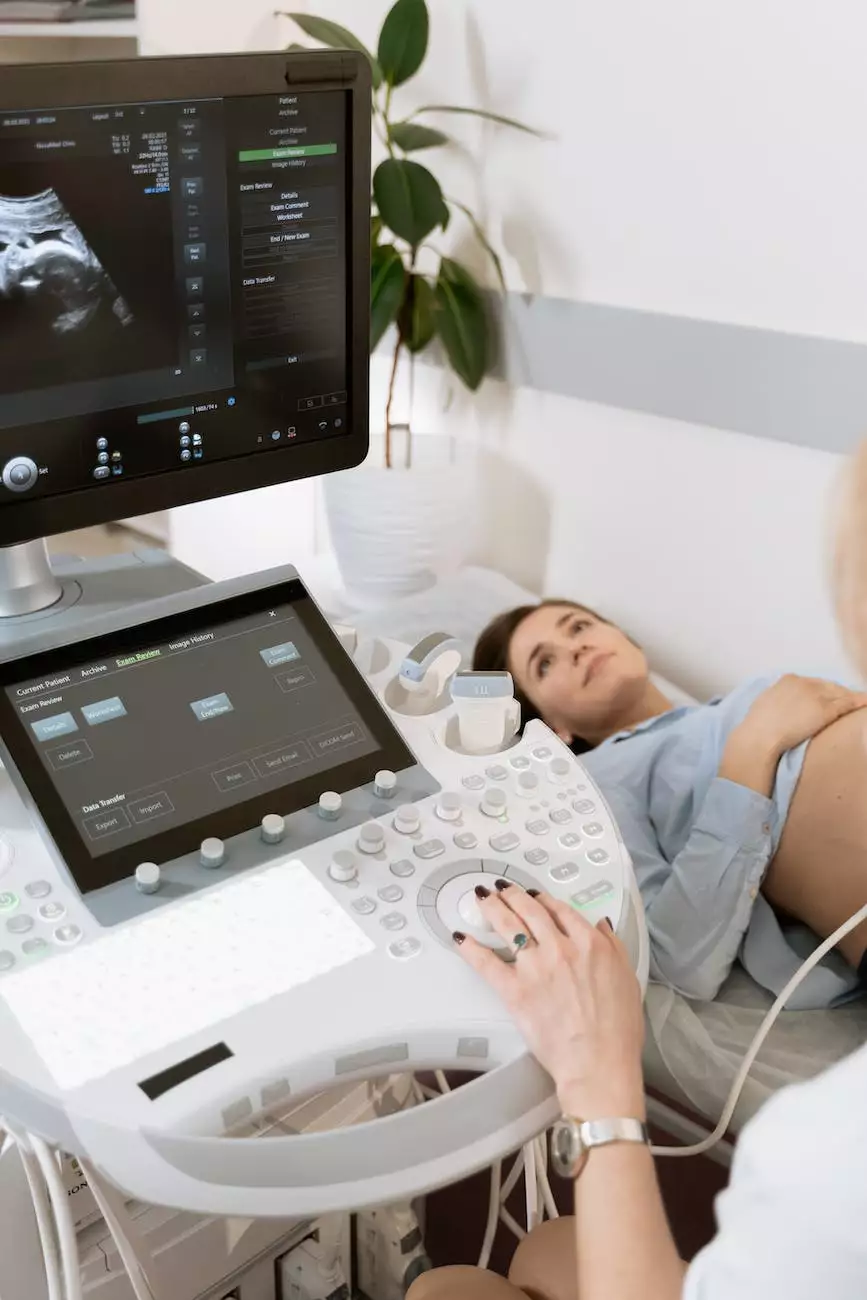Is it Mummy Tummy or Diastasis Recti?

Comprehensive Information and Support for New Mothers
Understanding Diastasis Recti
Diastasis Recti, commonly referred to as "Mummy Tummy" or "Mom Pooch," is a condition that affects many postpartum women. It occurs when the abdominal muscles separate and create a gap in the midline of the abdomen. This separation can lead to a protruding belly, weak core muscles, and potential back pain.
Causes of Diastasis Recti
Diastasis Recti usually manifests during pregnancy when the growing uterus puts pressure on the abdominal muscles. Hormonal changes and the stretching of connective tissues also contribute to the condition. However, certain factors increase the risk of developing diastasis recti, including multiple pregnancies, carrying large babies, and weak core muscles before pregnancy.
Identifying Diastasis Recti
To determine if you have diastasis recti, lie on your back with your knees bent, feet flat on the floor. Place your fingers horizontally on your belly button and gently lift your head and shoulders off the ground. Feel for a gap between your rectus abdominis muscles. If you can fit two or more fingers in the space, you likely have diastasis recti.
Common Symptoms
Diastasis Recti doesn't always cause pain, but it can lead to noticeable symptoms, such as a bulging or doming belly, lower back pain, reduced core strength, and poor posture. Some women may also experience urinary incontinence or difficulty performing everyday activities that require core stability.
Treatment Options
While diastasis recti may improve naturally over time, it's essential to engage in targeted exercises and adopt certain lifestyle changes to promote healing. Here are some effective treatment options:
- Physical Therapy: Consult a physical therapist specializing in postpartum care. They can guide you through exercises that strengthen the core and help close the abdominal separation.
- Abdominal Binders: Wearing an abdominal binder provides support to the abdominal muscles, promoting healing and preventing further separation.
- Correct Posture and Body Mechanics: Practicing good posture and using proper body mechanics during daily activities can reduce strain on the abdominal muscles and aid in healing.
- Core Strengthening Exercises: Engaging in exercises specifically targeting the core muscles, such as pelvic tilts, bird dogs, and modified planks, can help improve muscle strength and close the gap.
- Healthy Nutrition: Consuming a well-balanced diet rich in nutrients, especially proteins and vitamins, can support tissue repair and enhance overall healing.
Seeking Assistance from Home Postpartum Services
At Home Postpartum Services, we understand the challenges new mothers face during the postpartum period. We provide comprehensive information, resources, and support for women dealing with diastasis recti. Our team of experienced professionals is dedicated to helping you navigate this condition, regain core strength, and improve overall well-being. Contact us today to learn more about our services and how we can assist you on your postpartum journey.
© 2022 Home Postpartum Services. All rights reserved.









